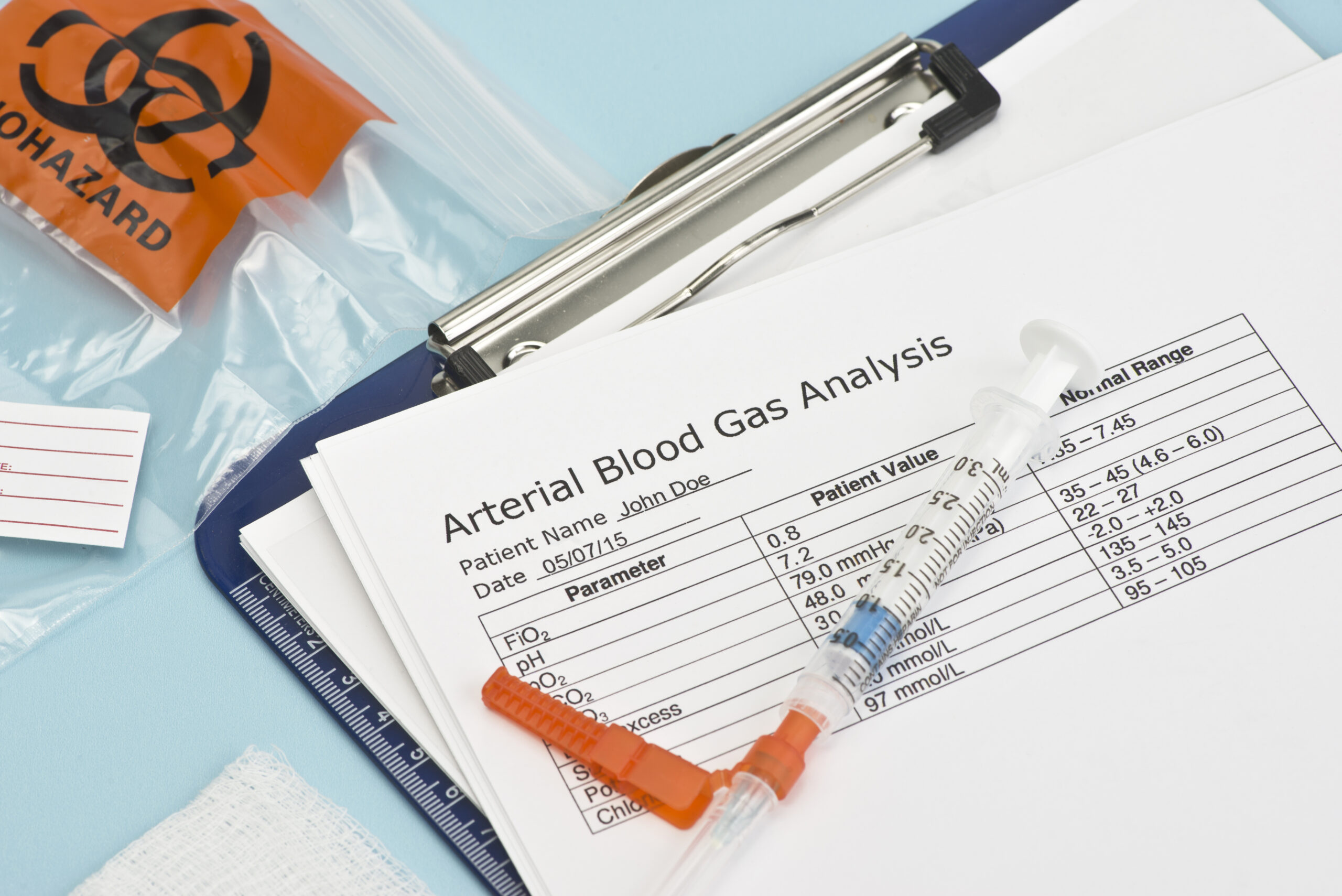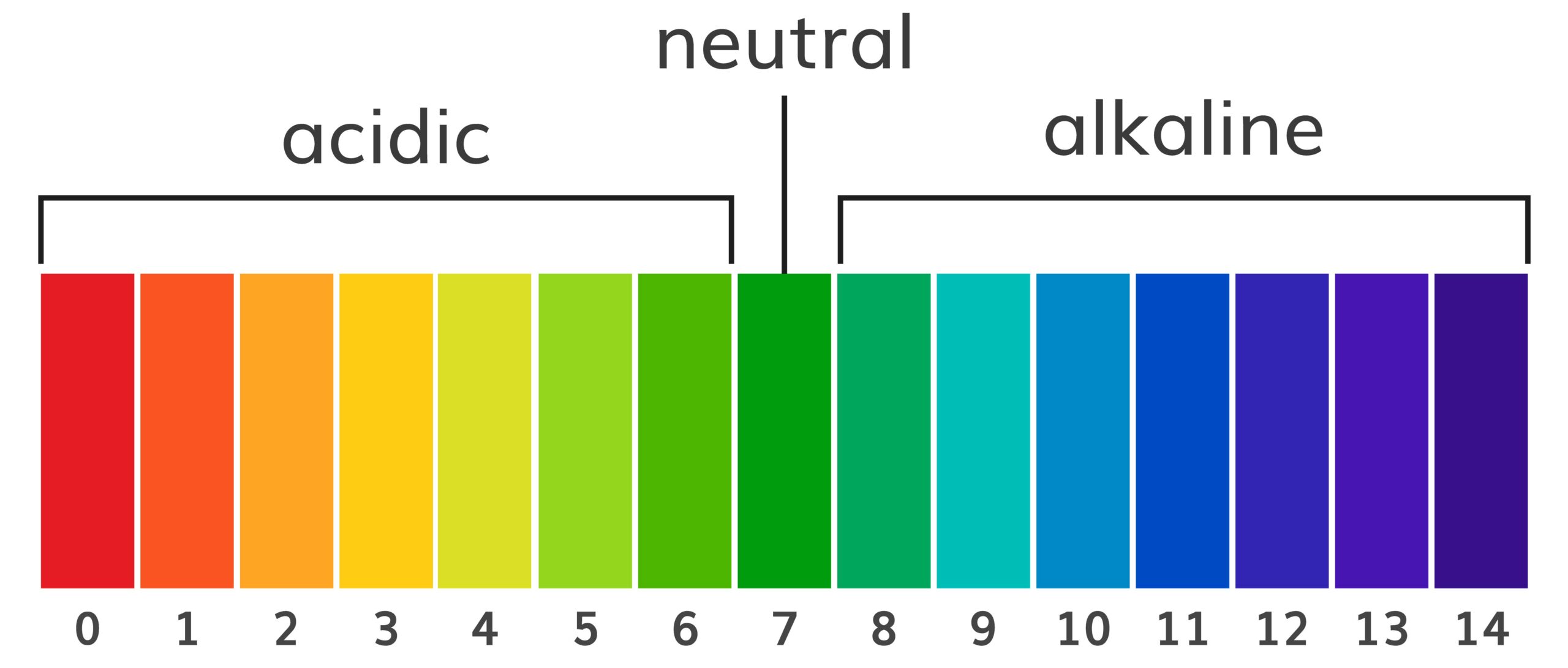An Easy Way to Interpret Arterial Blood Gases
ACLS Certification Association videos have been peer-reviewed for medical accuracy by the ACA medical review board.
Article at a Glance
- An arterial blood gas test measures the pH, oxygen, bicarbonate, and carbon dioxide levels in an artery’s blood.
- Elevated levels of carbon dioxide in the body lead to acidosis. Elevated levels of bicarbonate in the body lead to alkalosis.
- Clinicians will learn how to interpret arterial blood gases through a quick and simple process.
It’s paramount that providers understand arterial blood gas (ABG) interpretation. There is a quick and simple process to interpret ABGs. Blood for an arterial blood gas test is taken from the artery. The three steps to interpreting the ABGs values are: Read: Interpreting a 12-Lead ElectrocardiogramInterpreting the Arterial Blood Gas

Clinicians first evaluate pH. Normal body pH is between 7.35 and 7.45. A pH over 7.45 is alkalosis, while anything under 7.35 is acidosis. The pH scale ranges from 0 to 14. 7 is neutral.Check the pH

Related Video – ACLS – Arterial Blood Gases
The partial pressure of carbon dioxide (PaCO2) is the pressure carbon dioxide exerts within the blood. It shows how well carbon dioxide moves out of the body. The normal values for PaCO2 are 35–45 mm Hg, similar to a normal pH. Carbon dioxide is an acidic byproduct, and a patient is more prone towards acidosis if they have elevated CO2 levels. Low PaCO2 causes alkalosis. Bicarbonate (HCO3) is the last value of note, and it equates to base pH levels. A low bicarbonate level indicates acidosis. The normal value for bicarbonate is 22–26 mEq/l. A value higher than 26 indicates alkalosis, while a value lower than 22 indicates acidosis.Compare PaCO2 versus HCO3
The ABG indicates either metabolic imbalance or respiratory imbalance. CO2 is either held in or eliminated via the lungs, so clinicians should remember the terms acid and respiratory. When CO2 is mainly affected, there is a respiratory imbalance. Bicarbonate is produced by the kidneys. When bicarbonate is mainly affected, the patient’s imbalance is metabolic. The four ABG imbalances are: Arterial Blood Gas Test Interpretation ChartInterpret

Related Video – Understanding and Interpreting ABGs Part 1: Introduction to ABGs
Clinicians evaluate for pH first. A value lower than 7.35 indicates acidosis, while a value higher than 7.45 indicates alkalosis. Next, clinicians check the partial pressure of carbon dioxide versus bicarbonate. If the patient’s CO2 isn’t within its normal range of 35–45, the imbalance is respiratory. If the patient’s bicarbonate is out of its normal range of 22–26, the imbalance is metabolic. Lastly, clinicians interpret the ABG. The four imbalances are respiratory acidosis, respiratory alkalosis, metabolic acidosis, or metabolic alkalosis.Summary
More Free Resources to Keep You at Your Best
Editorial Note
ACLS Certification Association (ACA) uses only high-quality medical resources and peer-reviewed studies to support the facts within our articles. Explore our editorial process to learn how our content reflects clinical accuracy and the latest best practices in medicine. As an ACA Authorized Training Center, all content is reviewed for medical accuracy by the ACA Medical Review Board.

